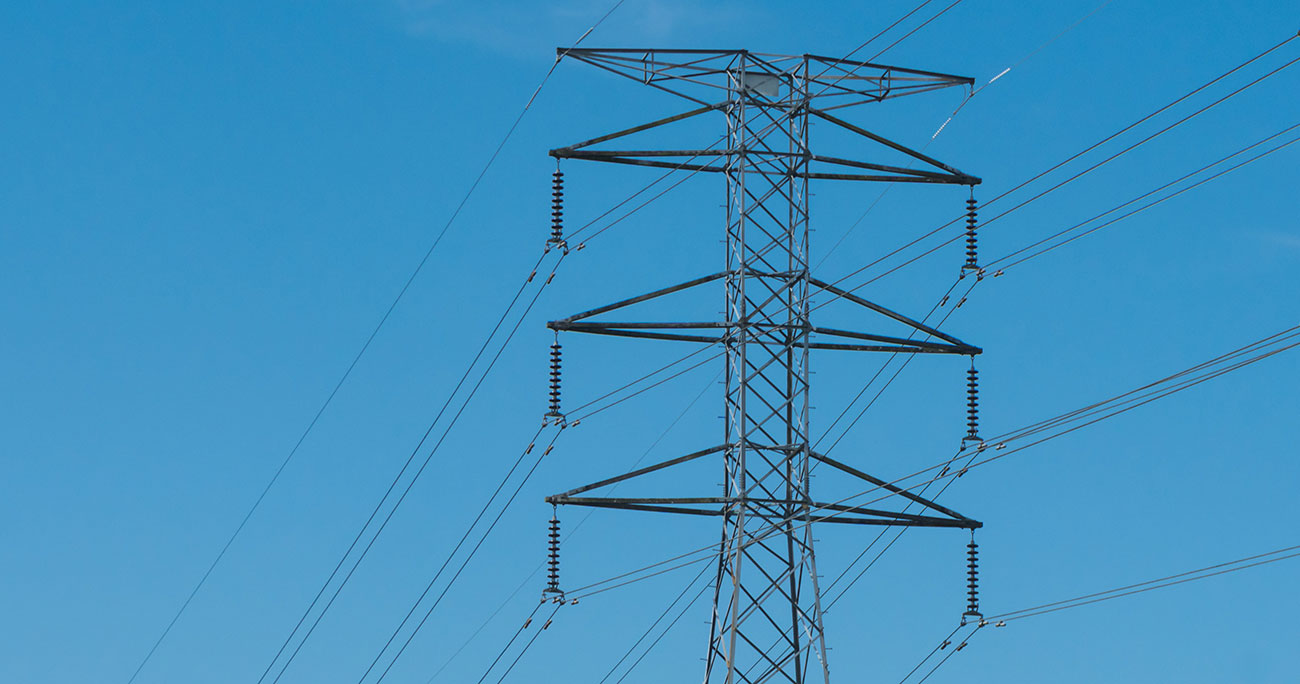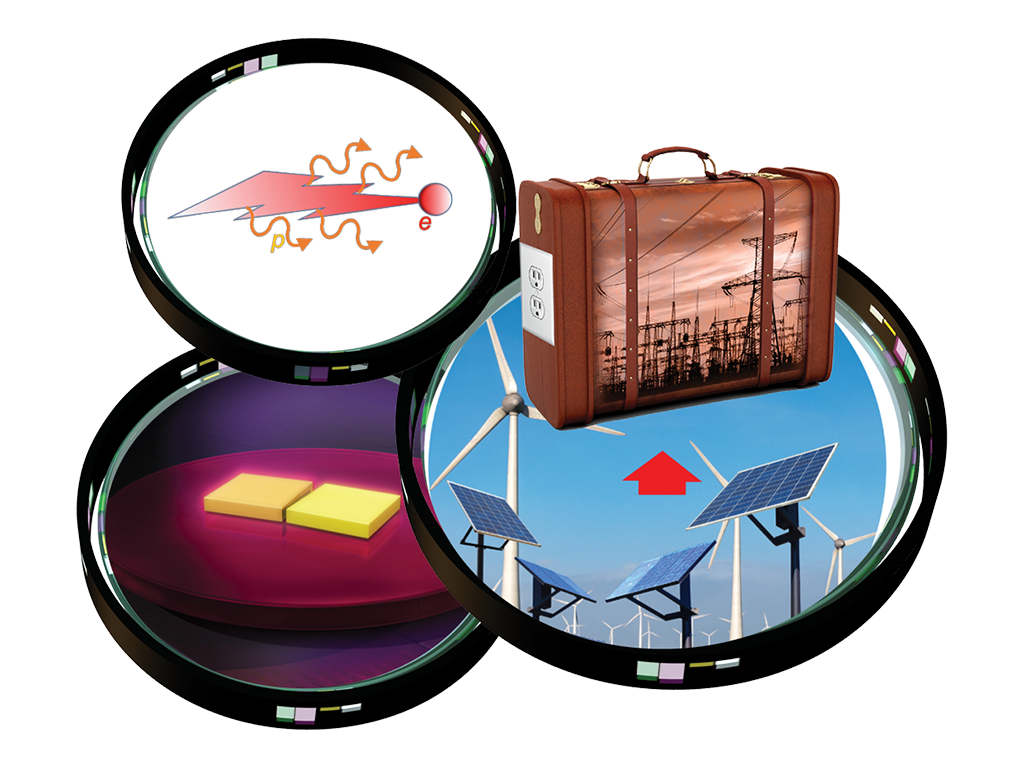Ultra Materials for a Resilient, Smart Electricity Grid
Mission: The mission of the Ultra Materials for a Resilient, Smart Electricity Grid (Ultra EFRC) is to understand fundamental phenomena in ultra-wide band gap (UWBG) materials – including synthesis, defect and impurity incorporation, electronic structure at interfaces, the interaction of electrons and phonons at high fields to achieve extreme electrical properties, and phonon phenomena that affect thermal transport. We will establish a Future Grid Co-Design Ecosystem enabling communication across all levels of the science and technology.
The need for higher power and higher switching frequency electronics is apparent as we move towards an electrified economy and more energy efficient interconnected society. The knowledge gained by the Ultra EFRC will provide the necessary scientific basis and a co-design ecosystem for a new power electronics economy with ultra high voltage and current capabilities, high frequency switching for highly efficient energy conversion, and efficient thermal transport. Together these advances will enable substantial downscaling in the size of energy conversion systems.
U.S. Department of Energy
The U.S. Department of Energy's (DOE) Office of Basic Energy Sciences (BES) created the Energy Frontier Research Center (EFRC) program in 2009. ULTRA is a four-year EFRC award established in 2020. With full support from the DOE and EFRC program, ULTRA brings together multi-disciplinary scientific teams working to develop a knowledge base of UWBG materials and properties that can help reinvent the electricity grid.
Research Institutions










